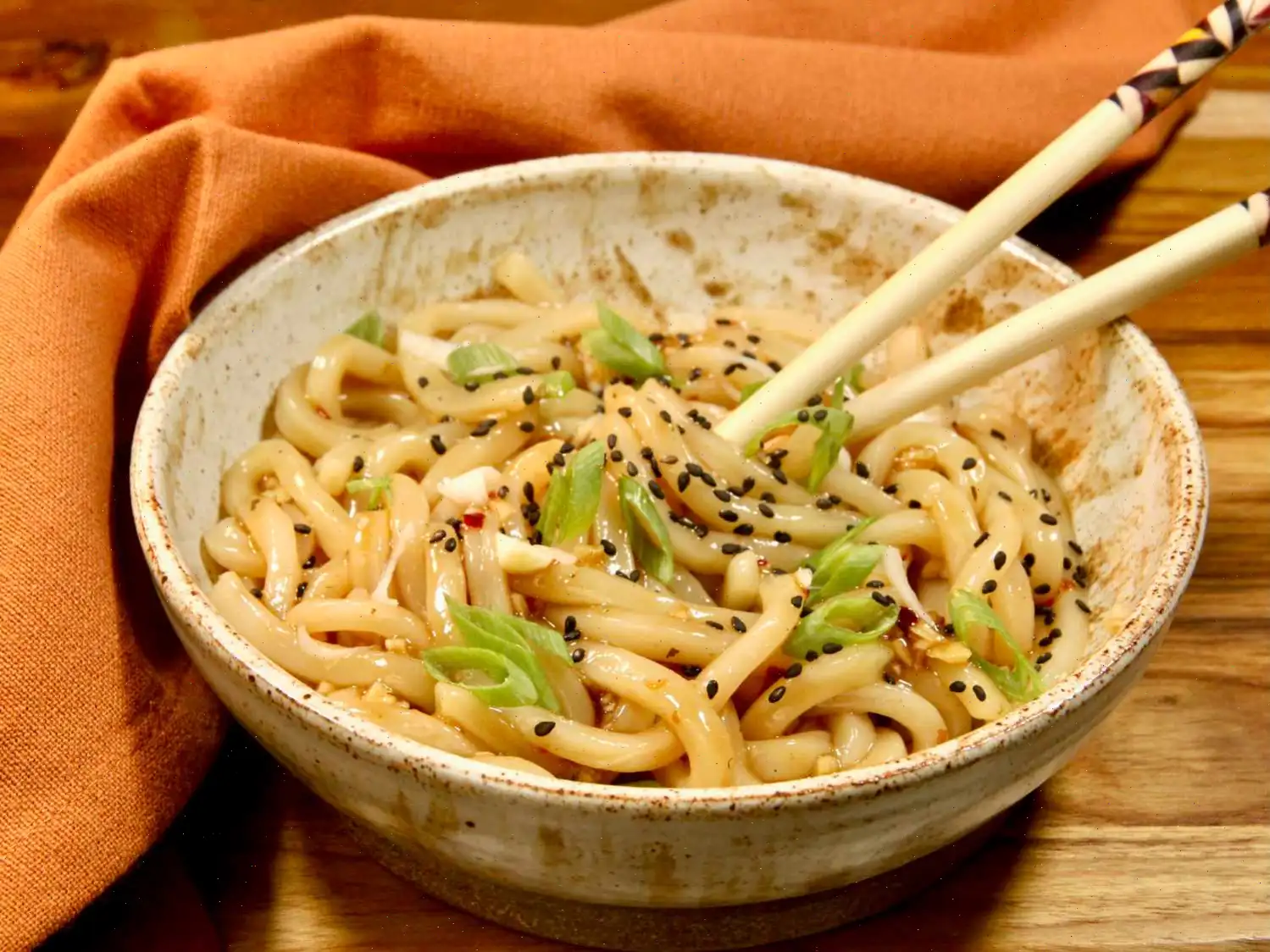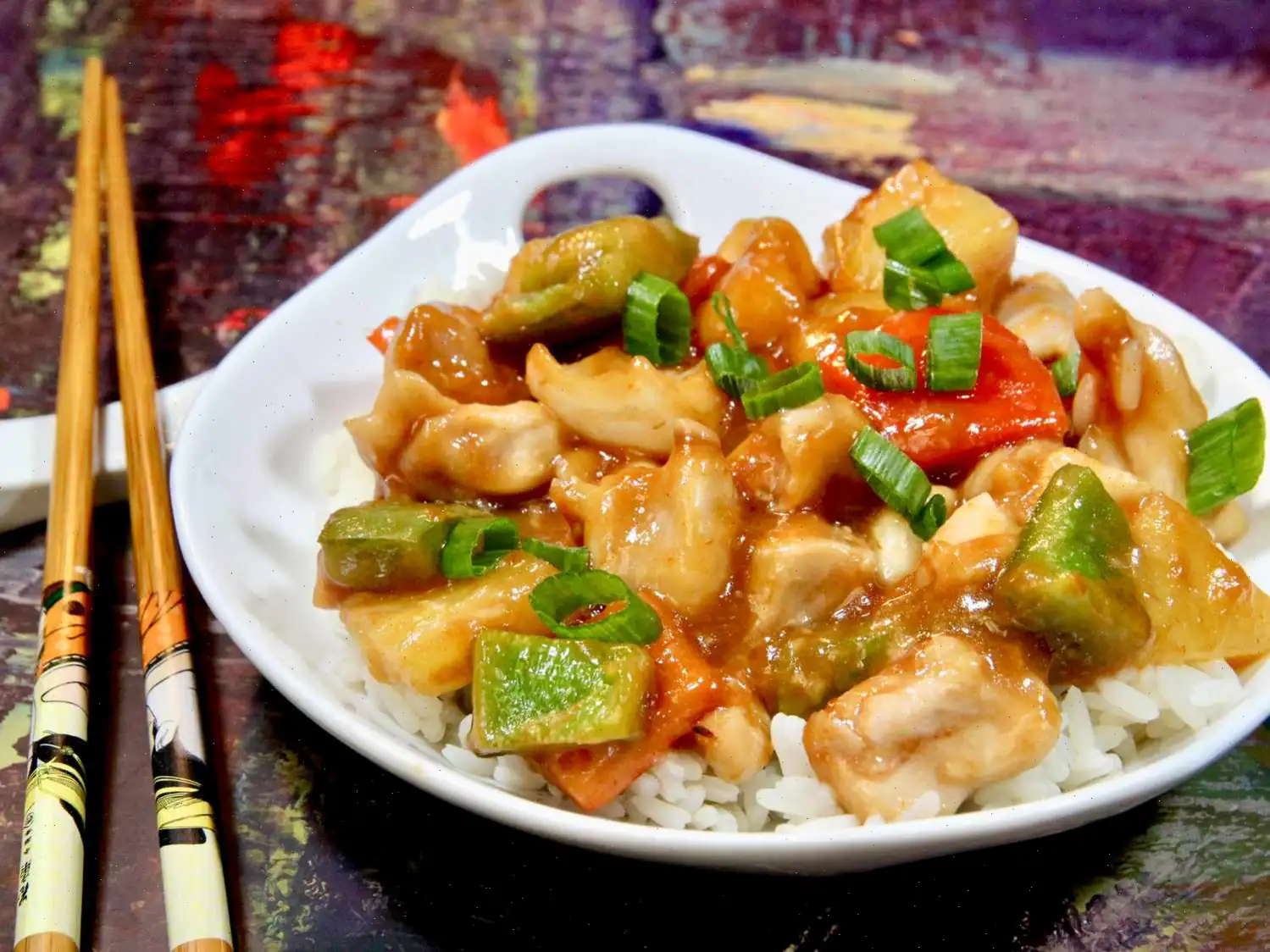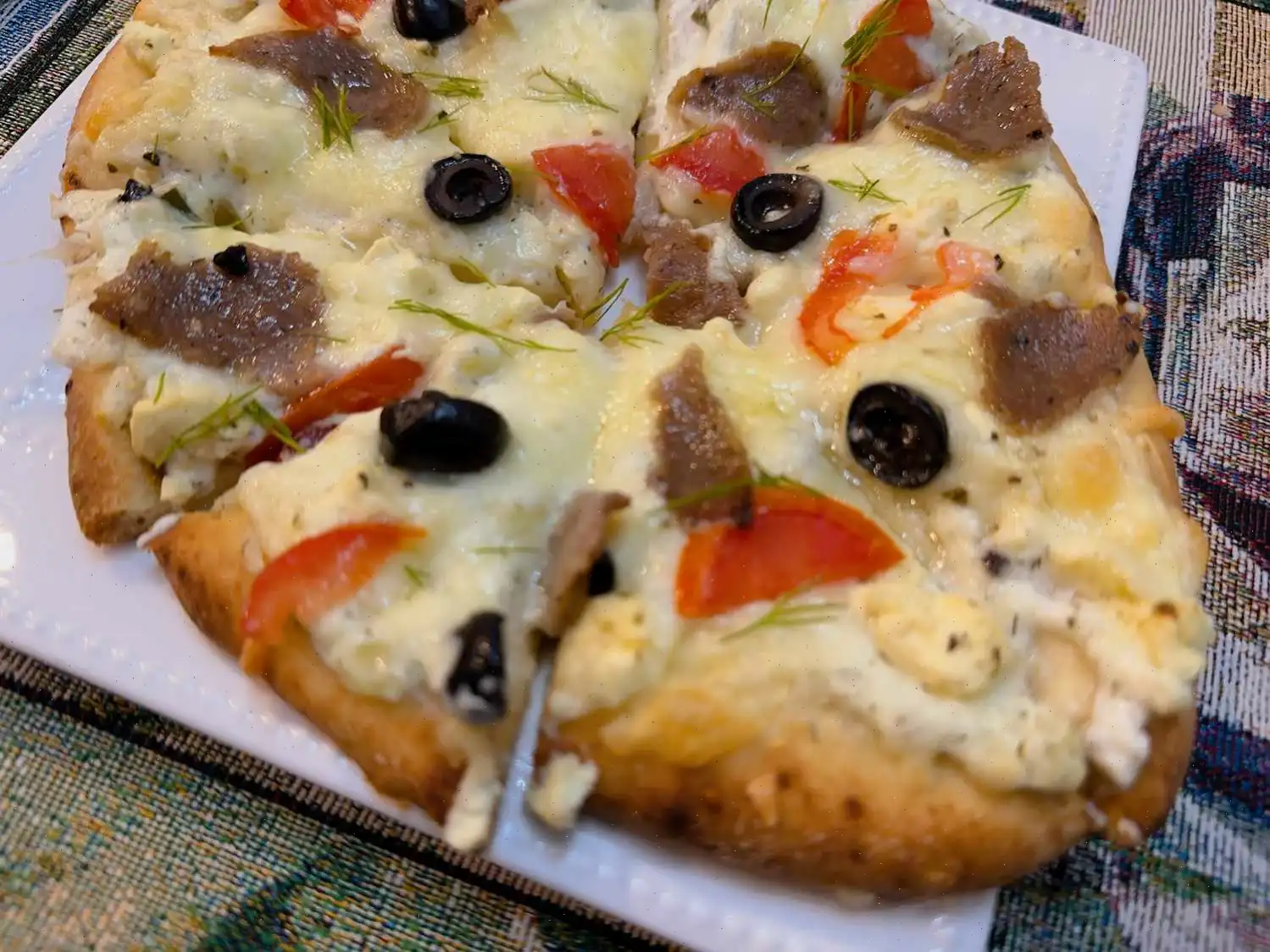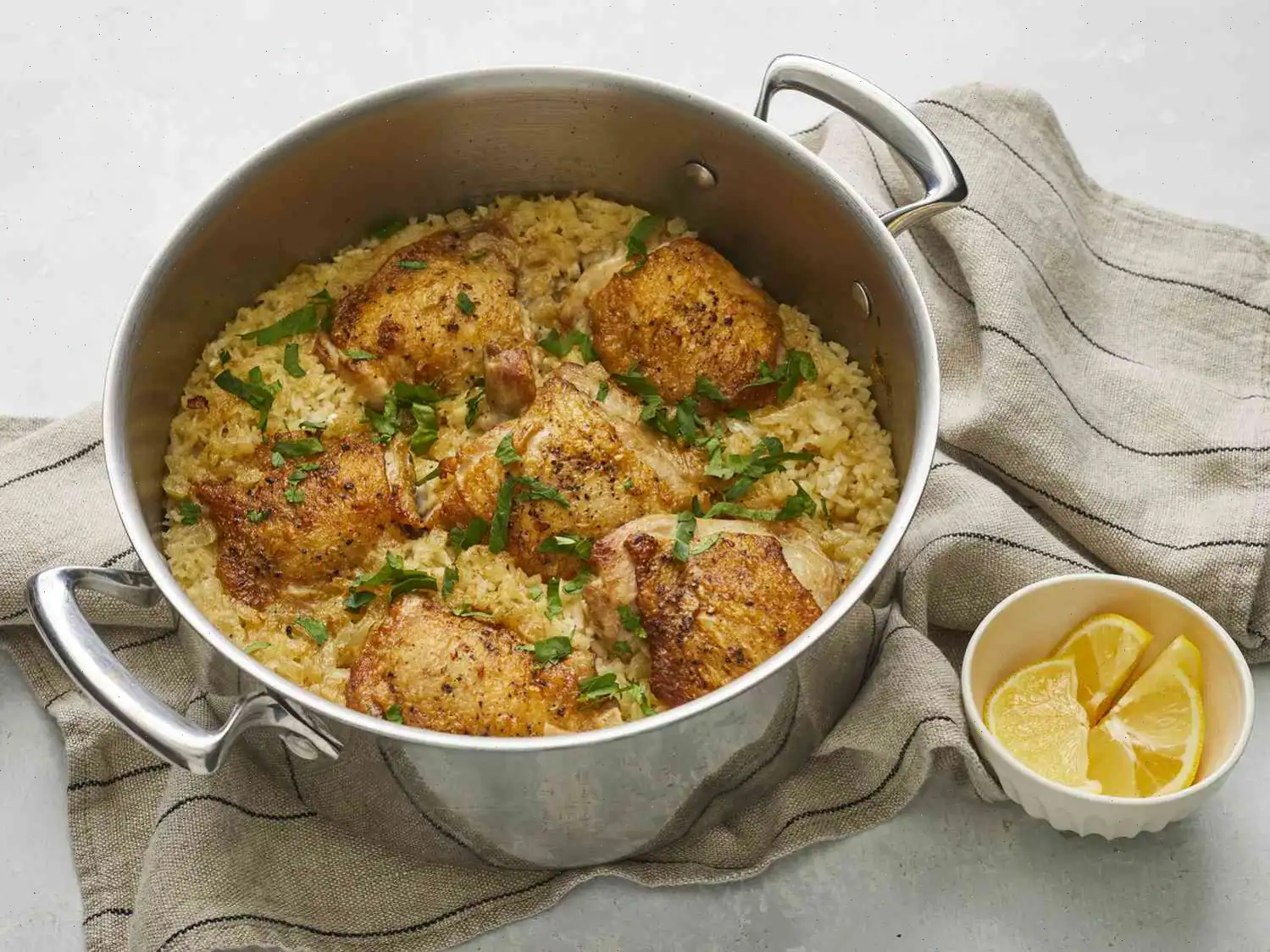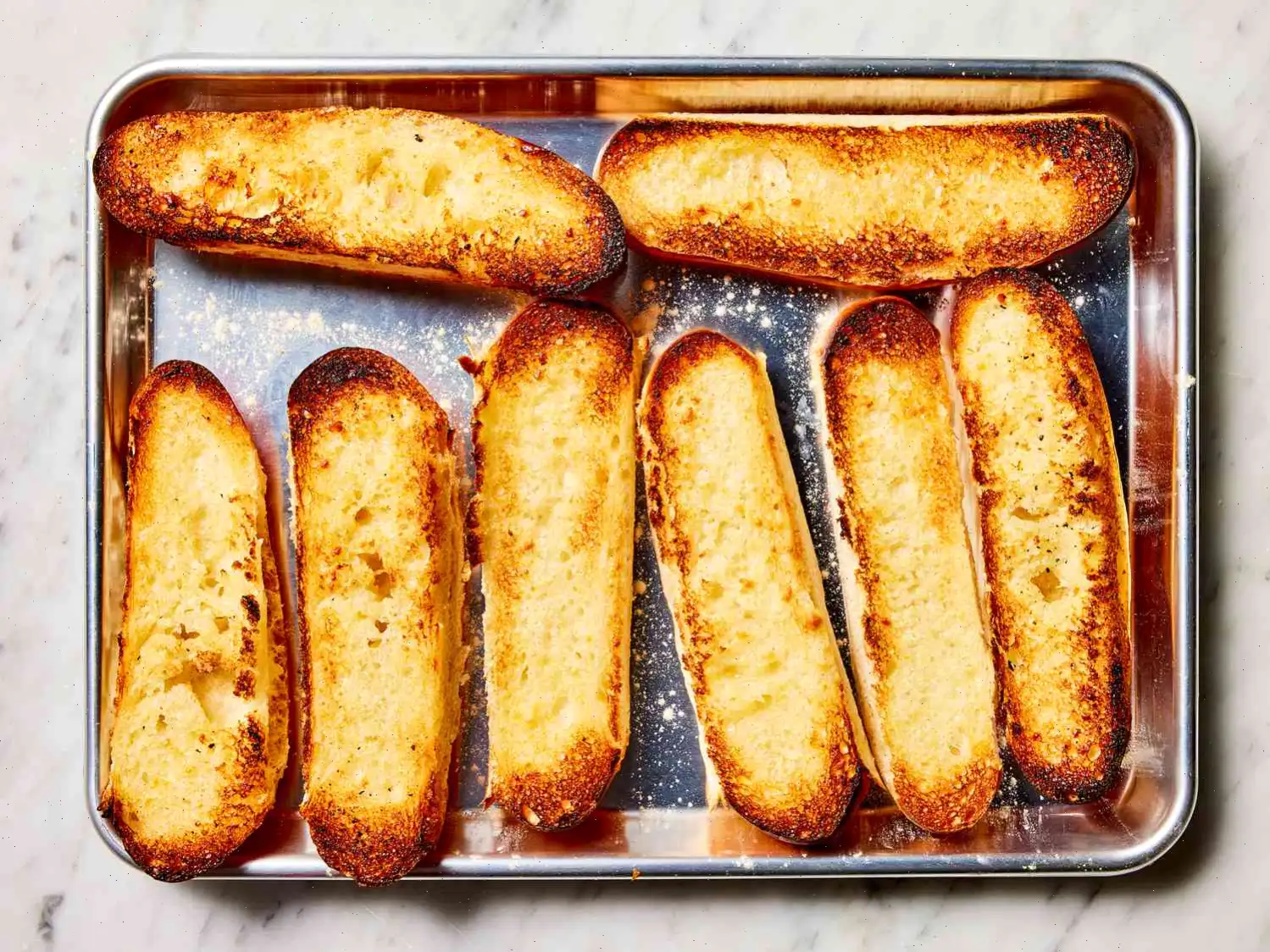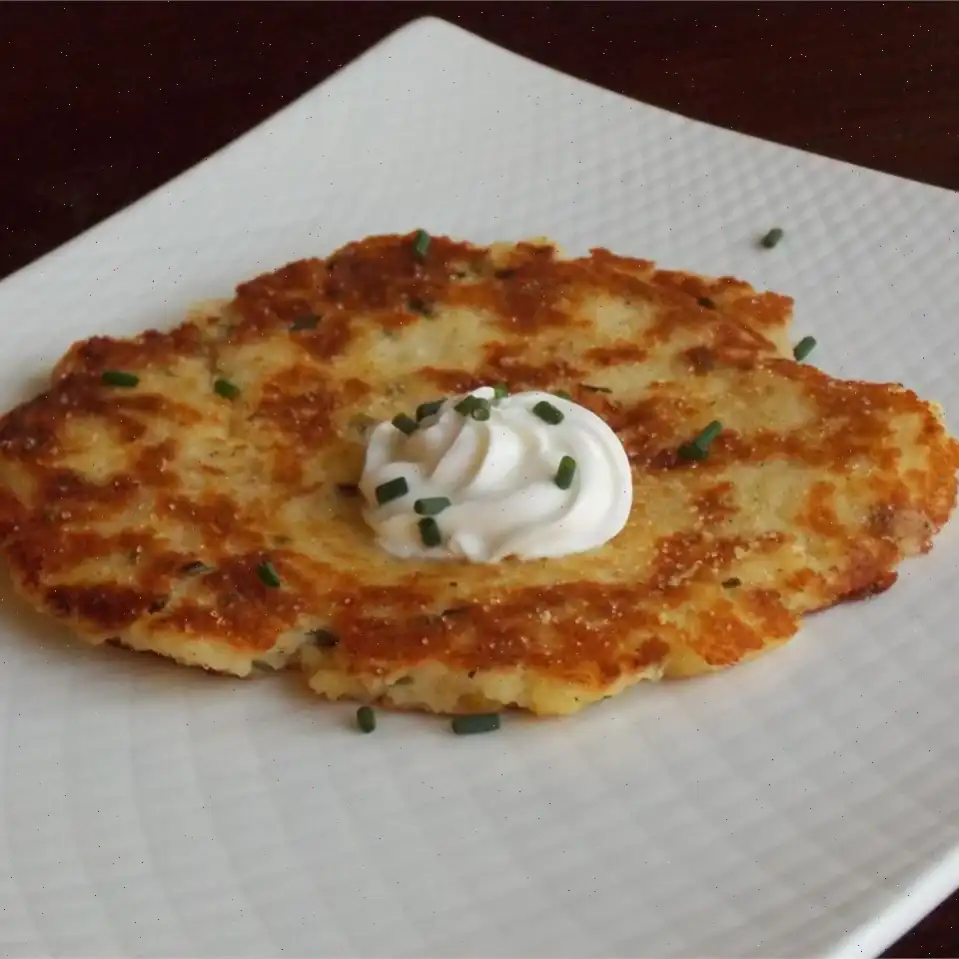
Spicy Garlic Udon Noodles Recipe
Ingredients
This recipe is designed for 2 servings. Ingredient quantities adjust automatically if scaling, but cooking times and methods remain the same. Not all recipes scale perfectly.
Sauce
- 4 garlic cloves, finely minced
- 2 tablespoons soy sauce
- 2 tablespoons hoisin sauce
- 2 teaspoons sesame oil
- 1/2 teaspoon crushed red pepper flakes, or to taste
Noodles
- 2 (8 ounce) blocks frozen udon noodles
- 1 tablespoon sliced green onions
- 1 teaspoon toasted sesame seeds
Directions
- In a small bowl, combine the minced garlic, soy sauce, hoisin sauce, sesame oil, and red pepper flakes. Set aside to let the flavors meld.
- Bring a large pot of water to a rolling boil. Add the udon noodles and allow them to soften and unwind for 1-2 minutes. The noodles should remain slightly chewy.
- Drain the noodles and return them to the pot. Pour the prepared sauce over the noodles and stir until each strand is fully coated.
- Transfer the noodles to a serving dish. Garnish with sliced green onions and toasted sesame seeds. Serve immediately while warm.
Cook's Note: These noodles have a touch of heat. If preferred, start with less red pepper flakes and adjust to taste.
Nutrition Facts (per serving)
- Calories: 273
- Total Fat: 7g (8%)
- Saturated Fat: 1g (5%)
- Cholesterol: 0mg (0%)
- Sodium: 1146mg (50%)
- Total Carbohydrate: 45g (16%)
- Dietary Fiber: 3g (9%)
- Total Sugars: 6g
- Protein: 9g (17%)
- Vitamin C: 3mg (3%)
- Calcium: 52mg (4%)
- Iron: 2mg (13%)
- Potassium: 239mg (5%)
*Percent Daily Values are based on a 2,000 calorie diet. Your daily values may vary depending on your caloric needs. Nutrient data is based on available information. If following a medically restrictive diet, consult a doctor or dietitian before preparing.
The Origins of Spicy Garlic Udon Noodles
Udon noodles have a long and storied history in Japan, dating back over a thousand years. Originally influenced by Chinese wheat noodles introduced during the Nara period, udon evolved into a thick, chewy noodle that became a staple of Japanese cuisine. The combination of garlic and spicy elements in udon dishes is a more modern adaptation, reflecting the influence of contemporary Japanese and fusion cooking styles. This particular recipe, highlighting a bold garlic flavor with a hint of chili heat, exemplifies how traditional noodles can be adapted to modern palates seeking robust, quick meals.
Regional Variations
Japan has a variety of regional udon styles. In Kagawa Prefecture, Sanuki udon is famous for its firm, springy texture, often served simply with soy sauce or broth. In contrast, Kansai-style udon tends to be softer and paired with lighter broths. The spicy garlic version is less traditional but can be found in urban areas like Tokyo and Osaka, where chefs experiment with international flavors. Some regions add sesame oil or chili paste, creating a richer, spicier taste than the classic soy-based udon soups of the north.
Differences from Similar Dishes
While many Asian noodle dishes share common ingredients, Spicy Garlic Udon Noodles stand out for their thick, chewy udon combined with a potent garlic-soy-chili sauce. Unlike ramen, which usually features a flavored broth and thinner noodles, or lo mein, which often uses thinner wheat noodles stir-fried with vegetables, this dish emphasizes a quick, stir-fry method that lets the sauce coat each noodle thoroughly. The balance of heat, umami, and slight sweetness from hoisin sauce gives it a distinctive taste profile.
Where Its Typically Served
This dish is most often enjoyed at casual Japanese eateries, izakayas, or home kitchens. Due to its fast preparation and satisfying flavor, it has also become popular as a lunchtime option or a late-night snack in urban areas. In some fusion restaurants, it is served as part of a noodle bar menu where customers can customize spice levels and toppings. It pairs well with simple sides like pickled vegetables or a small green salad to balance its richness.
Interesting Facts
- Udon noodles are traditionally made with just wheat flour, water, and salt, yet their texture varies widely depending on the kneading and resting methods used.
- The addition of garlic and chili to udon is a relatively modern adaptation, reflecting global culinary trends merging Japanese and Korean flavors.
- Spicy garlic sauces are said to enhance the umami of the noodles, making each bite more satisfying without overwhelming the palate.
- Frozen udon, like in this recipe, is favored for convenience but maintains a texture similar to fresh noodles when briefly boiled.
- In Japan, udon dishes are sometimes eaten on New Years Eve for good luck, though spicy versions are more of a contemporary twist for flavor enthusiasts.
FAQ about Spicy Garlic Udon Noodles Recipe
Comments
Nathan Smith
10/11/2024 03:52:35 AM
I'm giving this recipe a 5-star rating because it's incredibly easy to make, budget-friendly, and highly versatile with different protein and vegetable options. Plus, it's ready to be served faster than any Door Dash order! I chose KAME brand udon noodles from the grocery shelf instead of the freezer aisle. To enhance flavor, I sautéed diced onion, celery, and zucchini from my garden before adding the noodles and sauce. I also followed the suggestion to incorporate scrambled eggs, although this dish could easily be enjoyed as a great, meatless Monday meal. I started with 1/4 tsp of red pepper flakes, but you can adjust the spice level to your liking. Overall, I really enjoyed this recipe! Thank you, Pat Bernitt!
Dorothy Turner
04/11/2025 04:45:33 AM
I used shelf-stable udon to prepare this dish, and it was incredibly fast and simple to make. My children absolutely enjoyed it, and I will certainly include it in my quick meal and snack repertoire. Adding some protein, such as beef, would make it a great dinner option as well.
Paul Martin
07/14/2023 05:41:13 PM
I prepared it using fewer red pepper flakes.
Dorothy Perez
02/13/2025 02:09:09 AM
I find it quite spicy, but I absolutely adore the combination of flavors! It's also very simple and fast to prepare. A definite recipe worth saving!
Linda Wright
03/04/2024 02:24:07 PM
I absolutely adored it!


